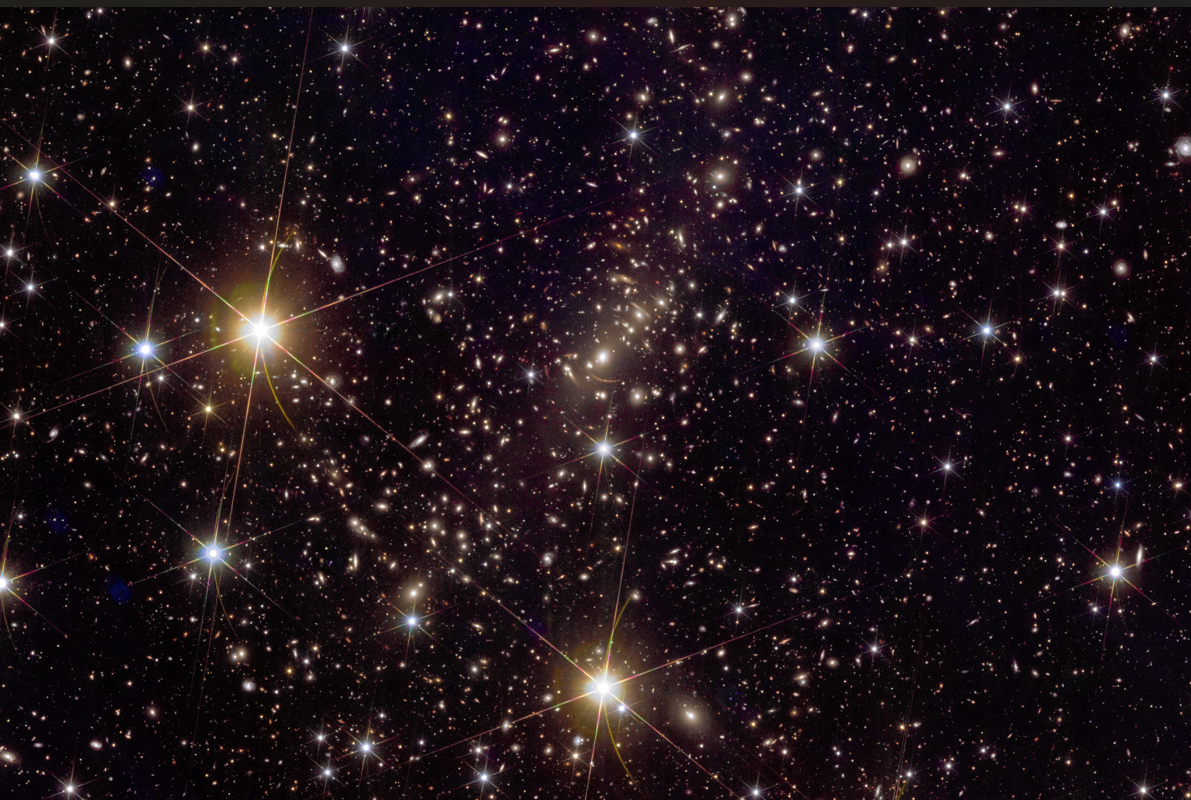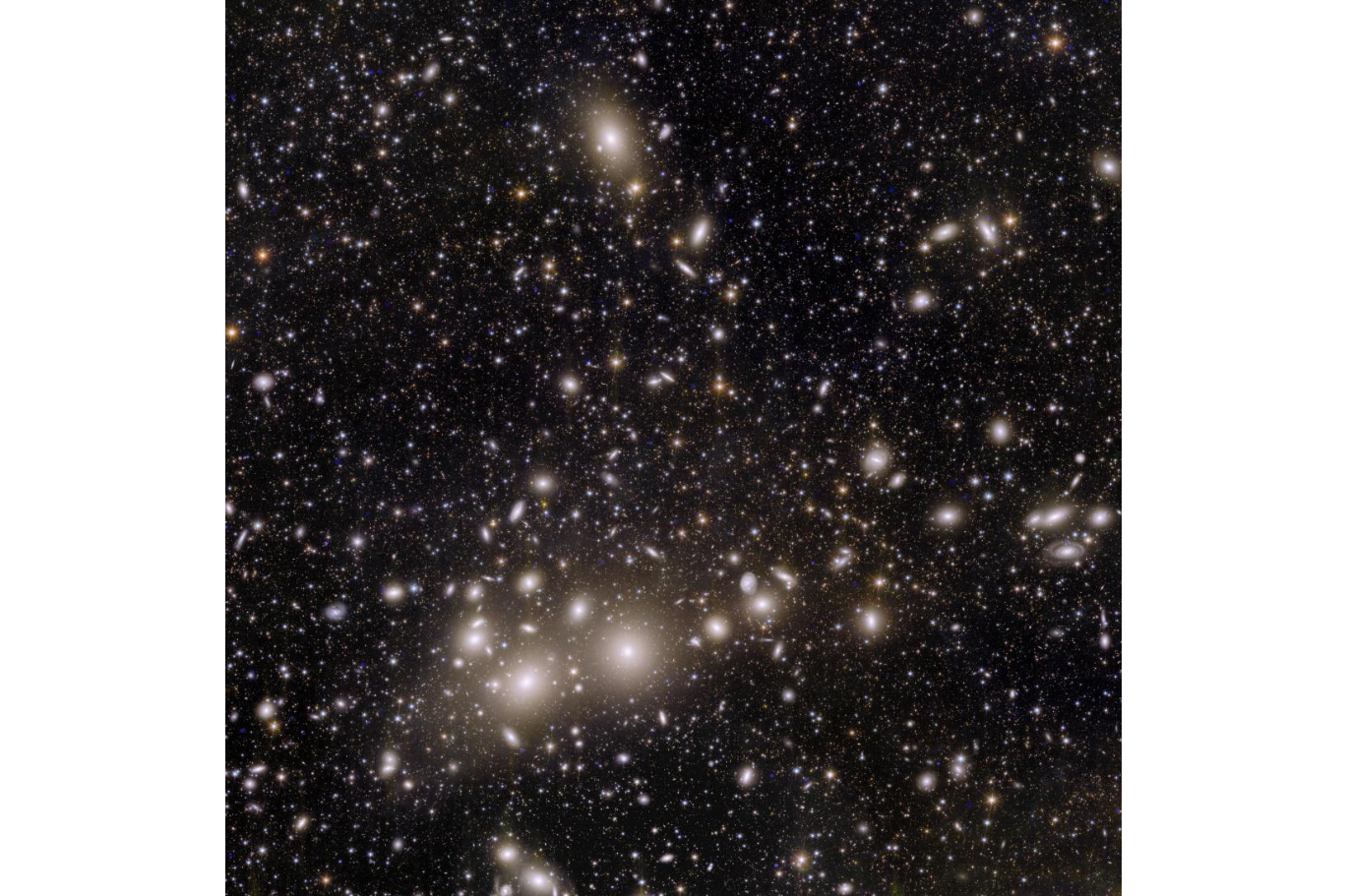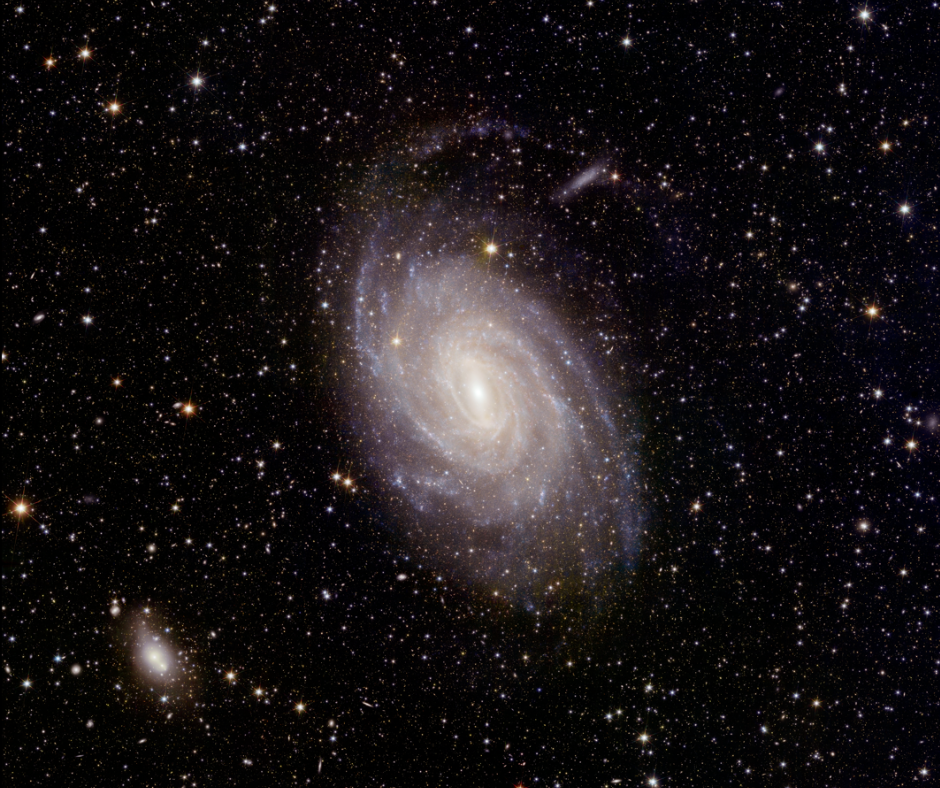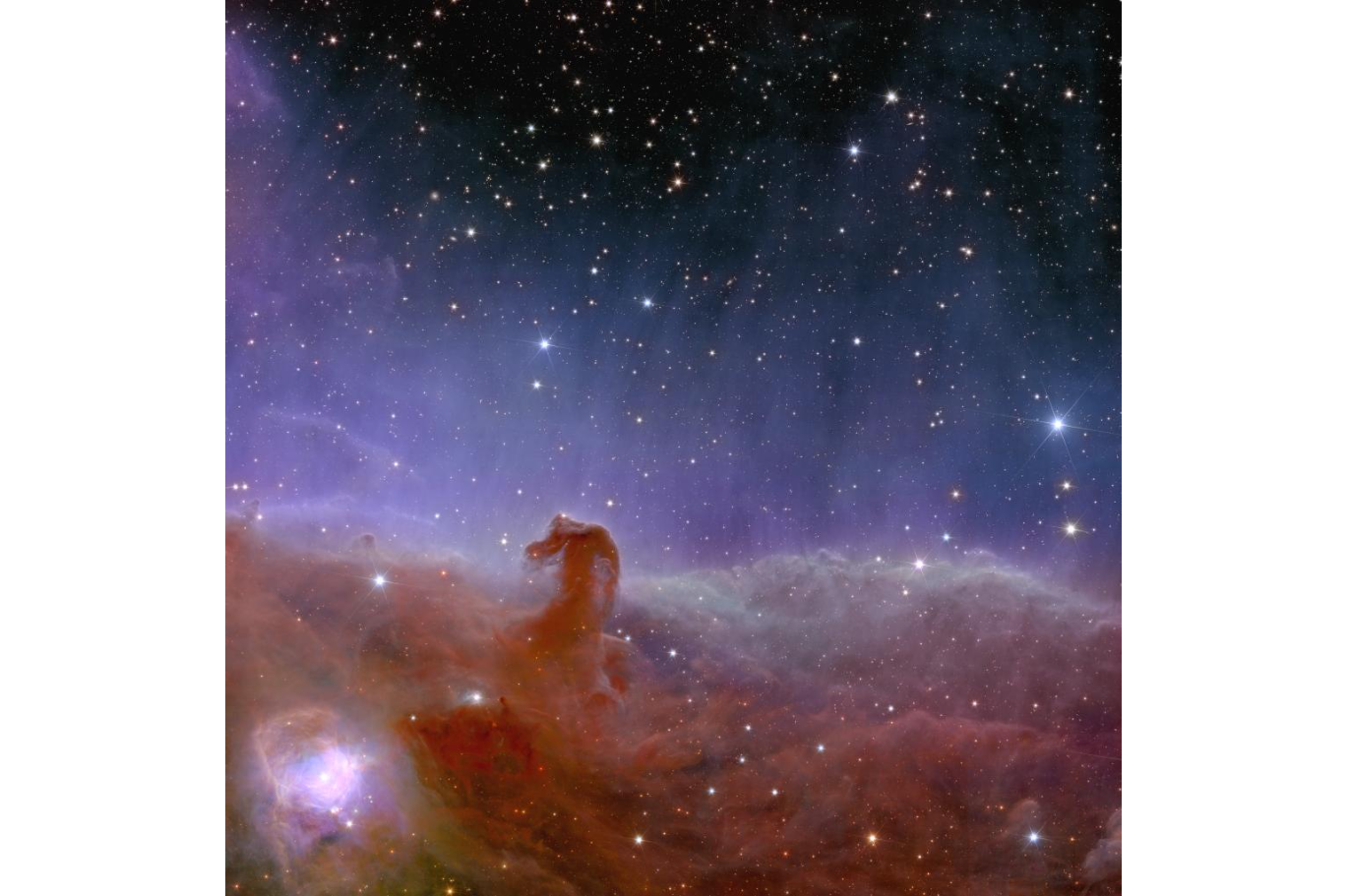Scientists pick their favorite Euclid 'dark universe' telescope images: 'The best is still to come'
"I had to take a deep breath when I saw the images because of their beauty and because of their high resolution."

On Thursday (May 23) the European Space Agency (ESA) and its collaborators released a set of five images constructed by its revolutionary space telescope Euclid. The Euclid consortium had previously released five images from the space telescope on November 7, 2023.
Euclid has been labeled Europe's "dark universe detective" because its wide field of view allows it to track billions of galaxies across 10 billion years of cosmic history, enabling astronomers with tools that can reveal more about two mysterious elements of our cosmos: dark energy and dark matter.
Even before getting to work on collecting scientific data to unravel the mysteries of dark energy and dark matter, however, collectively referred to as the "dark universe," Euclid demonstrated its potential with these two incredible sets of images.
As such, Space.com asked several scientists in different fields to explain which of Euclid's images from the two releases are their favorites thus far, and why.
But first, dark universe 101
Dark energy is the placeholder name given to the force accelerating the expansion of the universe, pushing galaxies away from each other faster and faster. Looking at galaxies that existed when the 13.8 billion-year-old universe was just around 4 billion years old could thus reveal how this force has evolved over time, helping determine its true nature.
Dark matter, on the other hand, is a form in the universe that's virtually invisible because it doesn't interact with light. This means it can't be comprised of the particles that make up the "ordinary" matter. Because it does have a gravitational influence, however, haloes of dark matter have affected the development of the largest structures in the universe. The field of view of Euclid is wide enough to capture these structures in one image, meaning it could help crack the case of how dark matter has influenced galactic evolution.
Breaking space news, the latest updates on rocket launches, skywatching events and more!
Dark energy accounts for around 67% of the universe's energy and matter budget, while dark matter accounts for around 27%. That means the "dark universe" collectively accounts for around 95% of the universe's contents, with stars, planets, the moon, humans, cats and the rest of everyday "stuff" that we understand (maybe not cats, to be fair) accounting for only 5% of the universe. That makes the "dark universe" a big problem, to put it lightly.
Euclid takes a walk on the dark side
Luz Ángela García Peñaloza is a cosmologist at the Universidad ECCI in Columbia who studies the mystery of dark energy and its influence on cosmic evolution. That means she's been watching the development of Euclid with great interest.
"Euclid is observing the universe in a brand new way, and it's going to generate a gigantic census of the galaxies. Personally, I find it fascinating how beautiful these first photos look, as well as all the amazing information that they will reveal," García Peñaloza told Space.com. "I had to take a deep breath when I saw the images because of their beauty and because of their high resolution."
When asked to pick her favorite image from the Euclid releases, García Peñaloza selected one of the galaxy cluster Abell 2390 (below).
"It is just breathtaking," she said. "Any image that reveals information about the distribution of galaxies in the large-scale structure of the universe will provide handfuls of information about the nature of the 'dark side' of the cosmos."
Italian astrophysicist Andrea Botteon from the Istituto di Radioastronomia: IRA (INAF-IRA) also selected the Abell 2390 image as his favorite of Euclid's new set.
"As an astrophysicist working on galaxy clusters, I can tell you that my favorite of the new release is the image of Abell 2390," Botteon said. "Together with the earlier released image of the Perseus Cluster [below], it shows the capability of Euclid to recover the very low surface brightness emission from galaxies and especially the intra-cluster light!"
Amateur astronomer Giuseppe Donatiello has discovered 11 galaxies in astronomical survey data, nine of which are named after him, cementing his place in astronomy textbooks. He explained that every expert will pick a different image from Euclid as their favorite based on their area of study. He definitely has a top pick himself, and it comes from the Nov. 2023 batch of images from Euclid.
"As a fan of Local Group and dwarf galaxies in the Local Universe, I was impressed by the detail in NGC 6822," Donatiello told Space.com. "I have viewed images of that galaxy taken with all the most powerful ground-based instruments, but the detail and depth of Euclid are at a much higher level. Clusters, nebulas, and [globular clusters] are easily recognizable in the Euclid image instead of blurry details. I got lost in that field of view for hours!"
Donatiello also selected his favorite image from the latest Euclid releases.
"Of the new ones, the most interesting for me is NGC 6744 due to the fine details in the galaxy's spiral arms," Donatiello continued. "I also do work that deals with stellar streams [stars and gas pulled from their galaxies by tidal forces], and the Euclid images contain information about stellar streams that I just cannot get in lower-resolution images. I hope the first public data release [DR1] from Euclid is as usable as data from other deep surveys are.
"If that is the case, I'll have fun!"
David Kipping is an assistant professor of astronomy at Columbia University who investigates the existence of moons around planets outside the solar system. He has also chosen an image from the previous release as his favorite Euclid picture thus far.
"These are gorgeous images that really show off the impressive field of view. The Horsehead Nebula has to be my favorite!" Kipping told Space.com. "Of course, these images are mostly for public consumption rather than science, so I'm especially looking forward to seeing the early science results."
This new set of images and the previous set are part of Euclid's Early Release Observations and were collected before 14 February 2023, when the space telescope began its main science operations. Thus, both sets of spectacular images represent only a tiny fraction of the observations the telescope will make over the next six years during its primary mission.
García Peñaloza said that while these new images and the previous set show that Euclid is living up to expectations, the space telescope still has much to offer.
"This is just the beginning of what we will be able to see in Euclid’s lifetime," García Peñaloza concluded. "I'm positive Euclid will shed light on our understanding of many cosmic mysteries. The best is still to come from Euclid!"

Robert Lea is a science journalist in the U.K. whose articles have been published in Physics World, New Scientist, Astronomy Magazine, All About Space, Newsweek and ZME Science. He also writes about science communication for Elsevier and the European Journal of Physics. Rob holds a bachelor of science degree in physics and astronomy from the U.K.’s Open University. Follow him on Twitter @sciencef1rst.





